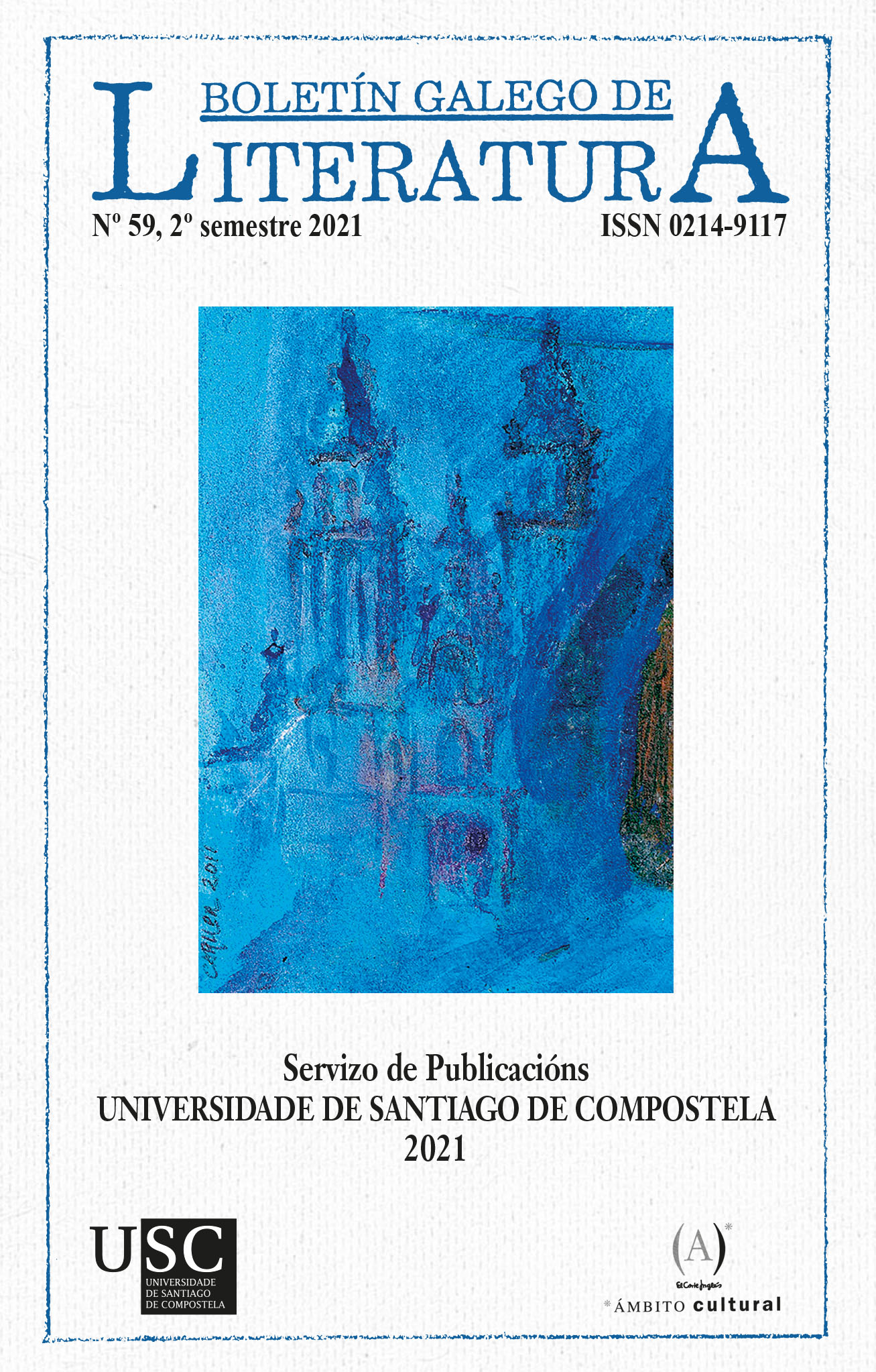A literatura das margens: análise da letra da canção “A vingança” como valorização do rap nos estudos literários contemporâneos
Contido principal do artigo
Resumo
Neste artigo, entendemos que a literatura das margens deve ocupar espaços de destaque nos trabalhos acadêmicos, pois é uma manifestação literária que representa perspectivas sobre temas importantes, como a discriminação e a violência, a partir de autores que vivenciam tais contextos e através de um trabalho linguístico que compõe de maneira muito significativa e particular as obras. Sob este viés, defendemos o trabalho com as letras de canções, mais especificamente de rap, para dar voz a esta literatura marginalizada, que apresenta características que a colocam no mesmo nível que as obras já consagradas. Para nossa investigação, selecionamos o rap “A vingança”, de 1998, composto e interpretado pelo grupo paulista Face da Morte. Em nossas análises, apresentamos como principais escolhas teóricas: Benjamin (1994) para tratar da construção narrativa; Pellegrini (2005) e Hollanda (2018) como fonte para abordar a temática da exclusão e da violência na literatura contemporânea; e Barthes (2000) como base para entender as escolhas linguísticas feitas pelo narrador. Assim, buscamos destacar de que maneira a letra do rap aborda a violência e constrói seus personagens dentro dessa temática.
Palabras chave
Detalles do artigo
Citas
Amado, J. (1937). Capitães da areia. José Olympio.
Barthes, R. (2000). Aula. Cultrix.
Benjamin, W. (1994). Magia e técnica, arte e política. Ensaios sobre literatura e história da cultura. Brasiliense.
Bíblia (2008). Sagrada Bíblia Católica: Antigo e Novo Testamentos. Sociedade Bíblica de Aparecida.
Brasil (2020). Código Penal e Constituição Federal (1988). Saraiva.
Face da Morte (1998). A vingança. Vagalume. https://www.vagalume.com.br/face-da-morte/a-vinganca.html
Face da Morte (2018). Entrevista com o grupo Face da Morte (parte 1). Submundo do som. http://www.submundodosom.com.br/2018/08/entrevista-com-o-grupo-face-da-morte.html
Face da Morte (2018). Entrevista com o grupo Face da Morte (parte 2). Submundo do som. http://www.submundodosom.com.br/2018/12/entrevista-face-da-morte-parte-ii.html
Fischer, L. A. (2014). O fim do cânone e nós com isso – passado e presente do ensino de literatura no Brasil. Remate de Males. 34(2), 573-611. https://doi.org/10.20396/remate.v34i2.8635866
Hollanda, H. B. (2018). Entrevista com Heloísa Buarque de Hollanda. Margens. https://margens.com.br/2018/03/27/uma-marginal-na-academia-heloisa-buarque-de-hollanda
Malmaceda, A. L. B. (2017). A literatura nas canções dos Racionais MC’S: uma análise comparatista à luz de Rubem Fonseca, Paulo Lins e Ferréz [Dissertação de mestrado]. Universidade de Lisboa. https://repositorio.ul.pt/handle/10451/30353
Melo Neto, J. C. (1955) Morte e vida severina. TUCA.
Miranda, W. S. (2011). Diálogos possíveis: do rap à literatura marginal. Darandina Revisteletrônica. 4(1), 1-18. https://www.ufjf.br/darandina/anteriores/v4n1/arr/
Oliveira, K. G. e Melo, C. T. V. (2014). Análise comparativa de músicas de protesto, a década de 1970 e o ano 2012. Intercom – XXXVII Congresso Brasileiro de Ciências da Comunicação, Brasil. https://www.portalintercom.org.br/eventos1/congresso-nacional/2014
Pellegrini, T. (2005). As vozes da violência na cultura brasileira contemporânea. Crítica Marxista. 2(21), 132-153. https://www.ifch.unicamp.br/criticamarxista/sumario.php?id_revista=21&numero_revista=21
Ramos, G. (1953). Memórias do cárcere. José Olympio.
Salgado, M. R. (2015). Entre ritmo e poesia: rap e literatura oral urbana. Scripta. 19(37), 170-178. https://doi.org/10.5752/P.2358-3428.2015v19n37p169
Žižek, S. (2014). Violência: seis reflexões laterais. Boitempo.







